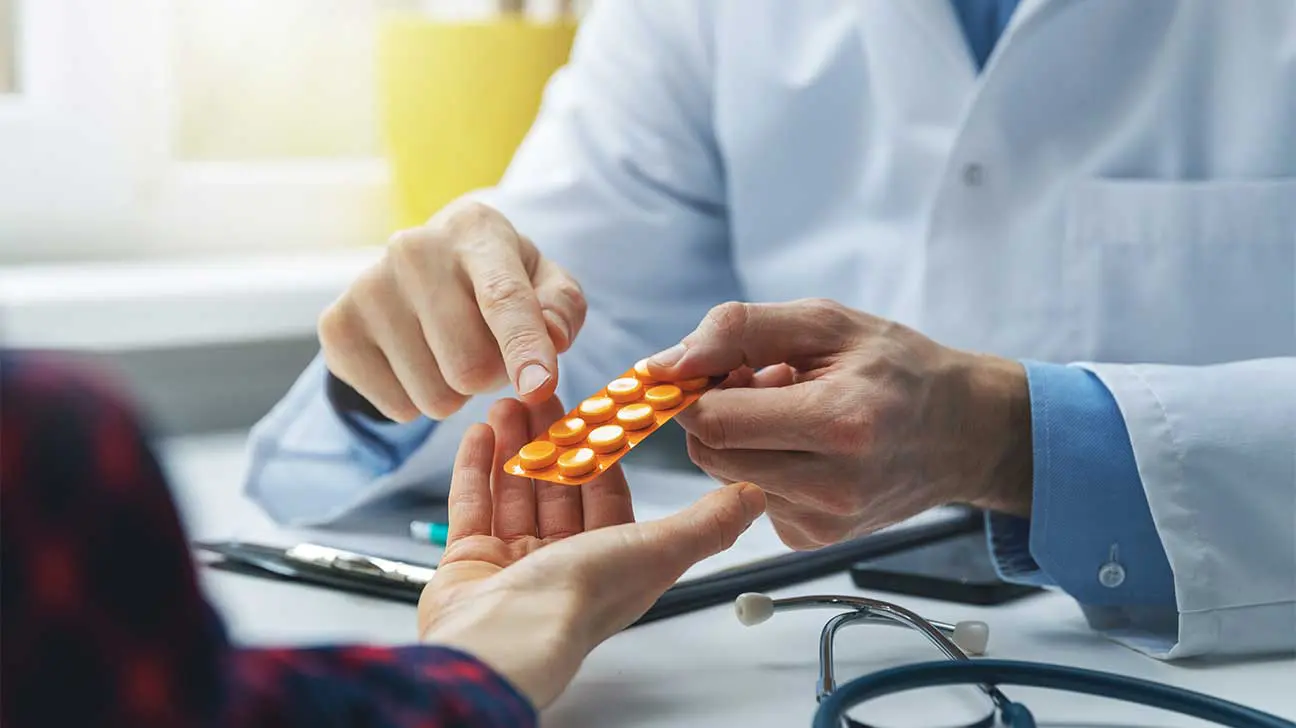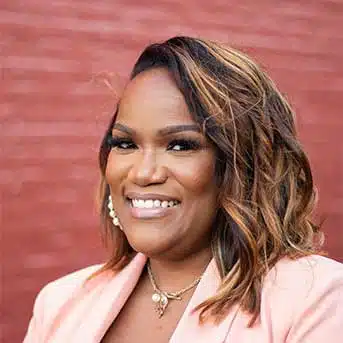
Suboxone can be administered at varying levels of doses depending on a variety of personal factors including what kinds of opioids were being used, the severity of withdrawal symptoms, and how often opioids are used.
Typical doses for Suboxone are as follows:
- start at 2 milligrams (mg)/0.5 mg or 4 mg/1 mg buprenorphine and naloxone
- work toward a target dose of 16 mg/4 mg
The initial dose can be increased in increments of 2 or 4 mg of buprenorphine from that point on and continue to be adjusted as needed.
Learn more about using Suboxone during medication-assisted treatment
Day-By-Day Doses Of Suboxone
If a person is just starting out on Suboxone treatment for an opioid use disorder, they’ll likely go through multiple stages of doses.
Here are the states of Suboxone treatment as recommended by the manufacturer of the medication.
Day 1
On the first day of Suboxone treatment, patients start out at a dose of 2 mg/0.5 mg or 4 mg/1 mg buprenorphine and naloxone.
The prescribing doctor can increase this in 2 or 4 mg increments of buprenorphine every two hours.
The dose can reach up to 8 mg/2 mg on the first day depending on the symptoms of withdrawal exhibited.
Day 2
On the second day of Suboxone treatment, a person receiving the medication may remain at the same dose or continue to adjust as needed,
During the second day, the prescribing doctor can administer up to 16 mg/4 mg in a single daily dose.
Suboxone can be administered sublingually (under the tongue) or buccally (in the cheek). It’s recommended that Suboxone be administered sublingually on day two.
This is because the exposure to naloxone is somewhat higher when it’s administered buccally versus sublingually.
Taking Suboxone sublingually will help to prevent sickness and precipitated withdrawal when increasing the dose on the second day.
Day 3 And Onwards
From the third day on, Suboxone should be increased or decreased in increments of 2 mg/0.5 mg or 4 mg/1 mg.
The goal is to get the patient to a level of stability and suppress opioid withdrawal symptoms.
The maintenance level of Suboxone (the level of medication that will be used daily from that point on) should be somewhere in the range of 4 mg/1 mg to 24 mg/6 mg as a single daily dose.
What Is The Target Dose Of Suboxone?
The recommended target dose of Suboxone is 16 mg/4 mg. For most people, this is the perfect amount of Suboxone to alleviate symptoms without having to take too much.
Because Suboxone has a ceiling effect, doses above 24 mg/6 mg daily have no clinical advantages. Increasing the dose past this amount does not increase the effects of the medication.
Factors That Affect Doses Of Suboxone
For someone just beginning Suboxone treatment, there are multiple factors of consideration that prescribing doctors use to determine the best dosage for their patients.
The Level Of Withdrawal Symptoms Evident
The most straightforward indication that more or less Suboxone may be needed is by looking at the health and behavior of the individual.
If a person is exhibiting signs of withdrawal, or certain symptoms do not subside, more medication is likely needed.
But if a patient is healthy and feels normal, the dose is probably at a good level already.
The Type And Amount Of Opioid Abused
Different opioids of abuse will require different doses in Suboxone treatment. If a person has been abusing stronger opioids, they’ll likely have a higher tolerance built up to it.
Similarly, a person who used opioid drugs more frequently than others may also have a higher tolerance built up in their system.
Both of these factors will require a higher level of Suboxone in order to alleviate symptoms of opioid withdrawal.
Home-Life May Affect Dosage
One factor that medical professionals will take into consideration for home administration of Suboxone is home life.
This includes things like:
- family stability
- an existing community of support
- life stressors
- level of stability
- financial or work situation
The reason a doctor may consider factors such as these is because a person may be more likely to abuse Suboxone if they don’t have any social support in place.
This is why it can be helpful to receive Suboxone treatment in an addiction treatment center so there’s a guarantee of a safe, clinically supervised environment.
Get Suboxone Treatment For Opioid Abuse
Suboxone is a safe and effective method for treating the symptoms of opioid withdrawal.
If you or a loved one are experiencing withdrawal or would like to begin the process of detoxing from opioids, help is available in a variety of treatment facilities.
Call our helpline today to learn more about your options in Suboxone treatment.
Addiction Resource aims to provide only the most current, accurate information in regards to addiction and addiction treatment, which means we only reference the most credible sources available.
These include peer-reviewed journals, government entities and academic institutions, and leaders in addiction healthcare and advocacy. Learn more about how we safeguard our content by viewing our editorial policy.
- Suboxone.com—Patient Information for SUBOXONE® (buprenorphine and naloxone)
https://www.suboxone.com/ - Suboxone.com—Prescribing Information | SUBOXONE®
https://www.suboxone.com/pdfs/prescribing-information.pdf


